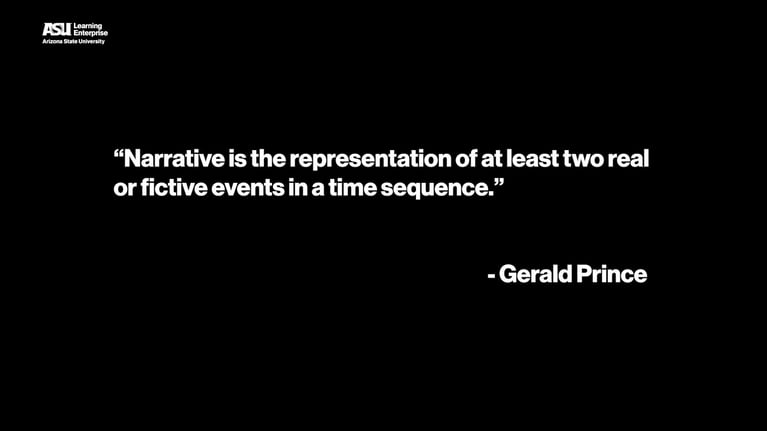ASU Learning Sparks
How to Implement Ideas: Beyond Design Thinking
To execute an idea, design thinking is an important component. However, design thinking is more than just aesthetics; it's about how things work. It involves problem identification, idea generation, and prototyping. However, to successfully implement ideas, designers need to go beyond design thinking and learn to protect, promote, and deliver solutions. Innovation requires moving from invention to execution, bridging the gap between creators and the market. Funding plays a vital role in bringing an idea to market. To excel in design thinking, innovators must focus on post-design processes and build an infrastructure for successful market implementation.
To paraphrase Steve Jobs, "most people make the mistake of thinking design is what it looks like…Design is how it works." This could be a way to define the concept of design thinking.
Tim Brown, one of design thinking’s most prominent advocates, claims that design thinking may be understood as the application of design methods in interdisciplinary teams facing a range of innovative challenges.
Design thinking as a strategy for innovation has three crucial phases:
- Identifying a problem or opportunity through observation as need-finding activities.
- Applying strategies that encourage searching for novel ideas through individual ideation through brainstorming or concept development.
- Making prototypes and models to aid in concept creation and selection as a process in which fresh notions are converted into working models, allowing for the development of particular viewpoints and ideation potential.
However, being in close contact with top-level design leaders, industries, and institutions worldwide and researching the subject of spaces to foster innovation has led me to conclude that designers must learn how to go beyond design thinking.
We also need to learn how to protect, pitch, promote, sell, produce, and effectively deliver meaningful solutions in the proper contexts and markets.
Going beyond design thinking entails teaching students how to be empathic and how to have and successfully implement ideas in various interconnected contexts through collaborative research involving faculty, industry, students, stakeholders, and top-level experts.
While being creative means we can generate value by having unique ideas, being innovators means that we must capture the value an idea generates, turning creativity into profitability.
Only the continuous introduction of physical goods, unconventional services, and advancements that disrupt markets and create new industries can lead to sustained growth and, therefore, innovation. Innovation distinguishes itself from creativity when we acquire the capacity to transform inventions into workable commercial innovations.
According to Auerswald and Branscomb, innovation requires two distinct phases, equivalent in correspondence and execution: moving from the invention and creative stage to implementation and execution, by planning, funding, and promoting the idea through the process.
That's why research-funding organizations like ASU need to provide documentation for their budget initiatives, showing results in publications, patents, and training. Still, they must also demonstrate the profitable effects expected on the economy and society.
The "valleys of dead" and "Darwinian Seas" notion, which Auerswald and Branscomb presented in their research, are a good example of the difficulties that creators could encounter in the process of bringing an idea to reality. It says that creators are on one side of the "valley of death," while the market, the investors, and the enablers of the idea lie on the other side. Therefore, the "valley" between creativity and innovation gets deadly as there isn't a genuine connection or trust built between them.
Finally, funding is crucial for promoting an idea to the level of innovation; going beyond design thinking means that designers could turn an idea into a marketable prototype, a selling pitch, a patentable solution, and a reality to the market for the backing of investors, or "Angels.”
That's why today, the most crucial component of differentiating in design thinking is not the process by itself but what also needs to learn after to facilitate the training and design of an enabling infrastructure that brings creative ideas, initiatives, and concepts into successful market implementations beneficial for the contexts, the industry, and the people!


